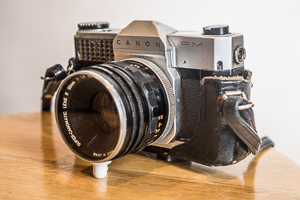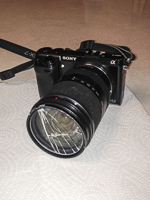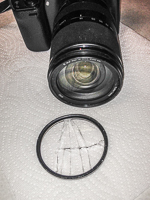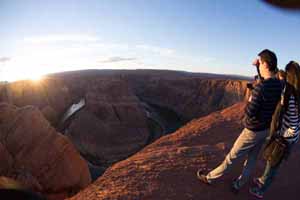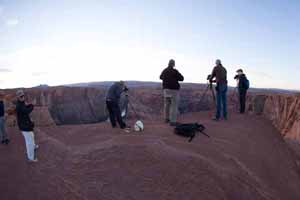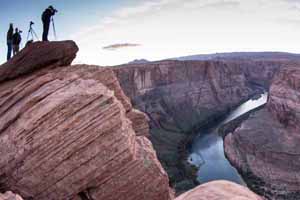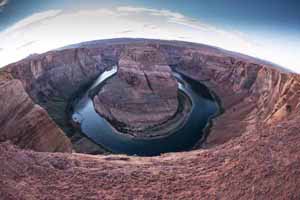Online Magazine
Recent Posts
- Safeguard your Cellphone Photos
- Black & White to Color – Instantly
- Wearing Many Hats
- Video Roundup
- Rescuing Your Blurry Pictures
- Showing Their Age
- What is Your Angle?
- Panorama Photos
- Humorous Photos
- Close Ups
- Fisheye Pictures
- Photo Antiquities
- Printing Big
- Appreciating Scale
- Celebrity Sightings
Tags
More Places to Go
- Free "How-To" Books “How To” books for popular cameras 0
- Vist Us on Facebook keep in touch with us on Facebook 2
Archives
- July 2023 (1)
- March 2023 (2)
- February 2023 (1)
- December 2022 (1)
- October 2022 (1)
- September 2022 (8)
- August 2022 (9)
- July 2022 (1)
- June 2022 (1)
- June 2021 (1)
- May 2021 (1)
- March 2021 (5)
- February 2021 (4)
- January 2021 (2)
- April 2019 (1)
- March 2019 (1)
- February 2019 (1)
- October 2018 (2)
- April 2018 (1)
- March 2018 (4)
- February 2018 (1)
- November 2017 (1)
- August 2017 (1)
- June 2017 (1)
- April 2017 (1)
- March 2017 (5)
- February 2017 (2)
- January 2017 (1)
- October 2016 (1)
- September 2016 (1)
- August 2016 (1)
- July 2016 (1)
- May 2016 (1)
- April 2016 (1)
- March 2016 (2)
- February 2016 (1)
- January 2016 (2)
- December 2015 (1)
- November 2015 (1)
- October 2015 (3)
- April 2015 (1)
- March 2015 (5)
- February 2015 (1)
- January 2015 (4)
- December 2014 (2)
- November 2014 (5)
- October 2014 (2)
- September 2014 (1)
- August 2014 (2)
- July 2014 (1)
- May 2014 (1)
- April 2014 (5)
- March 2014 (5)
- December 2013 (2)
- November 2013 (18)
- October 2013 (1)
- September 2013 (1)
- August 2013 (1)
- July 2013 (1)
- June 2013 (3)
- May 2013 (1)
- April 2013 (2)
- March 2013 (1)
- February 2013 (1)
- January 2013 (1)
- December 2012 (1)
- November 2012 (2)
- October 2012 (2)
- September 2012 (5)
- August 2012 (2)
- July 2012 (1)
- June 2012 (1)
- May 2012 (1)
- April 2012 (4)
- March 2012 (1)
- February 2012 (1)
- January 2012 (3)
- December 2011 (1)
- November 2011 (3)
- October 2011 (1)
- September 2011 (2)
- August 2011 (2)
- June 2011 (3)
- May 2011 (4)
- April 2011 (8)
- March 2011 (8)
- February 2011 (10)
- January 2011 (6)
- December 2010 (11)
- November 2010 (14)
- October 2010 (6)
- September 2010 (12)
- August 2010 (2)
- July 2010 (4)
- June 2010 (3)
- May 2010 (1)
- April 2010 (1)
- March 2010 (2)
- February 2010 (1)
- January 2010 (1)
- December 2009 (1)
- November 2009 (2)
- October 2009 (2)
- September 2009 (1)
- August 2009 (3)
- July 2009 (2)
- June 2009 (1)
- May 2009 (2)
- April 2009 (1)
- March 2009 (2)
- February 2009 (1)
- January 2009 (3)
Oops. Saved Again!
26th November 2013
Why I use filters instead of lens caps
In my photography early days, I was a faithful user of lens caps. Whenever I wasn’t shooting, I would snap the lens cap onto the lens. I considered this a safe way to care for my equipment. Of course, most of us also enclosed the entire camera inside its companion leather case. Yes, we were very protective of our precious equipment. And yes again, I spent a lot of time looking for misplaced or buying replacement lens caps.
When I acquired my first SLR at age 14, I quickly fell out of the habit of using lens caps. I may have inherited this trait from my photography mentor for whom I worked while still a student. John explained that removing a lens cap required too much time when you are trying to capture the action.
This isn’t the first time that I’ve had a mishap such as this. Actually, this is the third time that a filter has saved the front glass element of one of my lenses. This alone tells me that I should keep on buying filters for each of my lenses.
Written by: Arnie Lee
The Small Stuff
23rd November 2013
Sometimes it’s the little things that count
I love being outdoors enjoying nature. And I’m an ardent admirer of landscapes and scenery.
When I’m hiking the scented woods, the winding trails, the golden meadows or the salty seashores, my eyes are usually drawn to the big things – the rolling hills, the roaring rivers, the jagged mountains, the immense forests.
But every so often something tiny, delicate or ephemeral catches my attention. I’m not deliberately seeking out the “small stuff” but somehow they make their way to the front of my lens as I attempt to duplicate the emotive feeling that I get from seeing them.
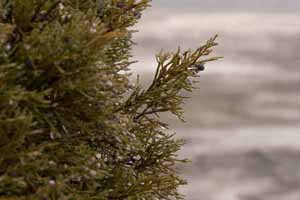 |
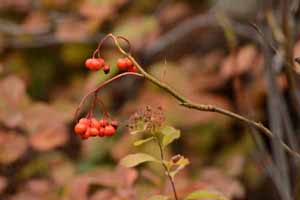 |
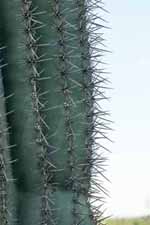 |
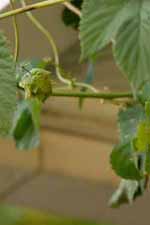 |
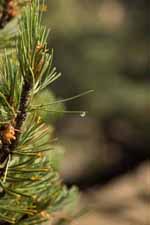 |
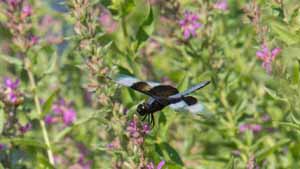 |
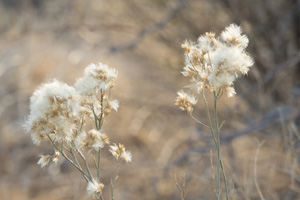 |
Maybe after looking at a few of these up close photos, you’ll have a better understanding of how transitioning from the big stuff to the little stuff can change your point of view in a hurry.
Written by: Arnie Lee
About this Photo – Horseshoe Bend
15th November 2013
The Rest of The Story
This article is the another in a series of articles that I’ve called “About this photo” to draw attention to a few of those memorable photos that may be hiding in a shoebox or on your hard drive.
I’ve been wanting to visit the iconic Horseshoe Bend for many years and I finally had my chance a few weeks ago.
As its name suggests, the Colorado River makes an abrupt 270 turn in the shape of a horseshoe. It’s located downstream from the Glen Canyon Dam and Lake Powell near the city of Page, AZ. Drive 5 miles south on US89 from Page and you’ll see a gravel parking lot. From there a half mile hike on a moderately sloped dirt trail brings you to the overlook.
I arrived late in the day and found quite a few onlookers and photographers awaiting the sunset.
So there you have it. By itself, this Horseshoe Bend photograph certainly doesn’t tell the story behind it. To inject a slight bit of humor here, let me say that I’m not afraid of heights, only of falling from them. I wasn’t going to leave the overlook until I had my shot. A little dirt on my clothes is the price that I had to pay to get it.
Written by: Arnie Lee
« Older Posts — Newer Posts »
